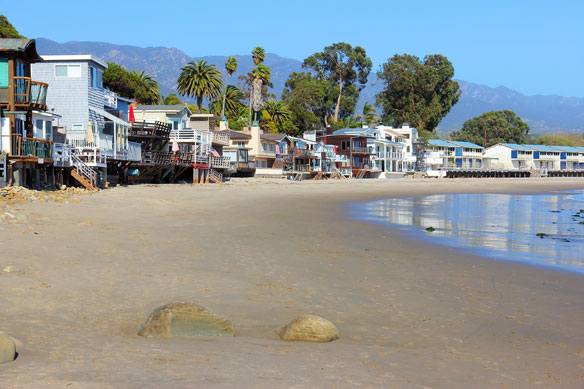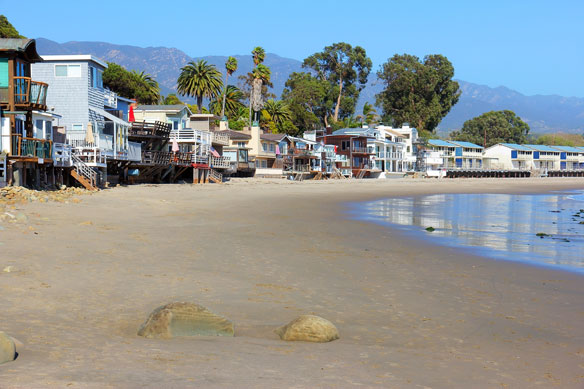
Southern California. Photo courtesy of: © Denis Delestrac
Excerpts;
Back in 2003, Jordan Rappaport, a senior economist at the Federal Reserve Bank of Kansas City, and Jeffrey D. Sachs, director of Columbia University’s Earth Institute, published a now-highly cited paper in the Journal of Economic Growth noting that, despite the country’s folkloric affinity for the open frontier, America is an aggressively coastal nation.
While accounting for just 13 percent of the nation’s total land mass, coastal counties, including those along the two oceans and the Great Lakes, are home to roughly half the U.S. population, the authors noted, and 60 percent of civilian income.
That’s not just a matter of chance, the two economists argued, nor is it simply a function of historical forces (access to ports and so forth) that no longer necessarily obtain. Rather, coastal communities are just highly productive places, and people, driven to seek a certain quality of life, want to live in them.
That’s understandable, but probably not sustainable, at least not as coastal development is currently conceived…
Read Full Article, Tom Zeller Jr., The Huffington Post
Hurricane Sandy Damage Amplified By Breakneck Development Of Coast, The Huffington Post
When will we ever learn the lessons of hurricanes? By Orrin H. Pilkey, Special to CNN (08-06-2011)
Sandy Reminds Us of Coastal Hazards, by Robert Young
Sea Level Rise And The World’s Beaches, by Orrin H. Pilkey
Of all the various anticipated impacts of global climate change, sea level rise will likely be the first to produce a human catastrophe on a global scale. If our beaches are to survive for our grandchildren’s enjoyment, the time has come to plan the big withdrawal.









